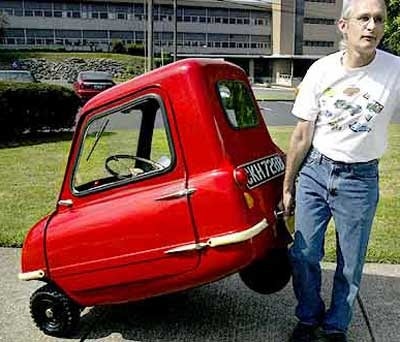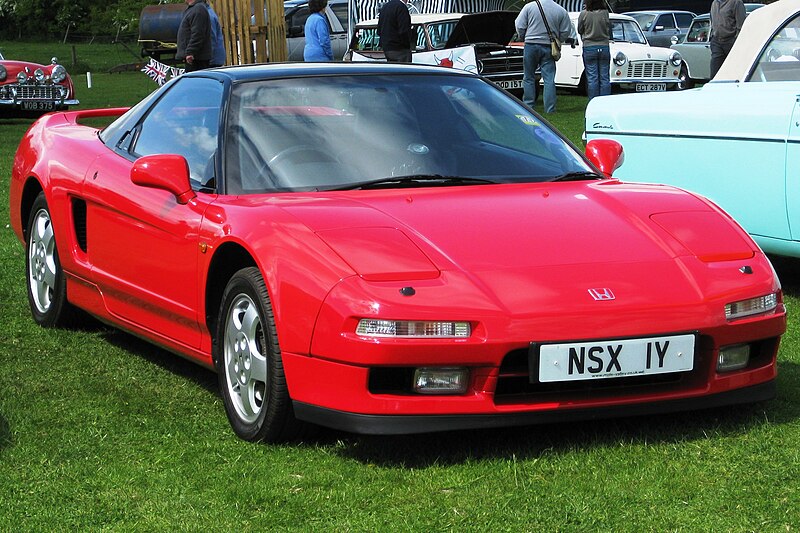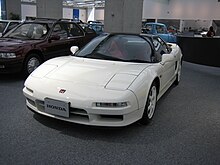Pictured above is a lovely, creamy inline 6 cylinder that powers my father's E46 320i M Sport. By far one of my favourite engine configuration to date thanks to its impeccable smoothness. Give the throttle a light prod, all 6 cylinders work together to provide a chauffeur smooth, yet satisfying acceleration. Well, I digress. That engine in the above photo is the M52TU. So, what is M52TU then?
M52TU is basically a variation of BMW M52 engine family, meaning it is still an inline 6 DOHC 24v with aluminium block (with the exception for North American models that used iron block instead thanks to their high-sulphur fuel). What sets apart the M52TU from the regular M52 is the former is a much enhanced version of the latter (TU stands for Technical Update). This entails the addition of features such as Dual VANOS and DISA valve.
VANOS refers to BMW's proprietary variable valve timing system. The system exists in two iterations: (1) Single VANOS (varies intake valve timing only) and (2) Dual VANOS (varies both intake and exhaust valve timing). Single VANOS is used in the regular M52 engine; the more advanced Dual VANOS is used in the enhanced M52TU engine, as found in my father's E46 320i M Sport. The advantage of Dual VANOS over Single VANOS is continuous adjustment of valve timing. In other words, it is not an on/off switch where variation in valve timing takes place over discrete steps (i.e., retard intake low rpm, advanced intake high rpm and back to retard as rpm lowers). From my understanding, Dual VANOS offers greater flexibility in choosing the most appropriate valve timing rather than sticking with Single VANOS restrictive stepped-setting. Theoretically, this further improves performance and efficiency over the M52.
Another addition to the M52TU is the DISA valve, BMW's lingo for variable length intake manifold. It adds a butterfly valve inside the intake manifold that opens and closes to create a dynamic effect of long and short manifold for better cylinder filling over wider rev and load range. In conjunction with Dual VANOS, it should theoretically aid the engine in delivering the potent performance and efficiency that improves on what the M52 is capable of.
Sounds like the M52TU trumps the M52, but does the M52TU really offer significant improvement over the M52? Lets take a look at the performance curve below:
 |
| Source: http://www.bmwtech.ru/pdf/e46/ST034/9%20Engines.pdf |
It turns out it doesn't make much difference peak torque-wise. Both M52 and M52TU output the same peak torque, but the latter peaks earlier than the former (3500 vs 3950 on the M52). Also, power peaks at the same 5500 rpm but with slightly more power for the M52TU (170 vs 168 on the M52).
The addition of Dual VANOS and DISA valve does not really do much to increase peak torque value. As suggested by the above curve, what they do instead is increase low-end torque. From the above curve, the M52TU exhibits much higher torque at low rpm and increases all the way until it reaches peak torque rpm. In contrast, the M52 has a slight bump roughly between 2000-2500 rpm and more obviously, significantly less low-end torque than the M52TU. Eventhough the M52's torque peaks at higher rpm compared to the M52TU, the curve shows that the area under the curve at the M52TU's torque peak is much larger compared to the area under the curve at the M52's torque peak. Essentially, the M52TU still has the edge as torque dips at almost the same rate for both the M52 and the M52TU.
On the power front, the superior low-end torque garners higher low-end power for the M52TU, albeit the area under the curve is smaller. Power peaks at the same rpm for both engines, but slightly higher for the M52TU.
Overall, the addition of Dual VANOS and DISA valve do improve performance if you are looking for fatter torque curve. If peak value is what you are looking for, then it is a moot point as there is not much difference in peak torque and peak power.
That's about the detail I am able to cover in this post. If you want more details about the M52TU engine, click on this link: http://www.bmwtech.ru/pdf/e46/ST034/9%20Engines.pdf










